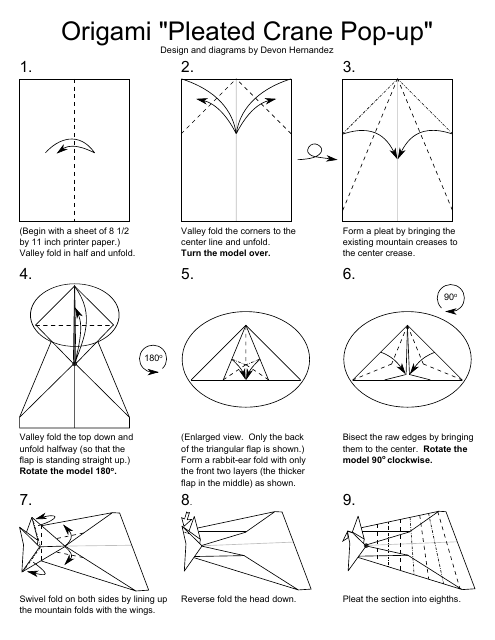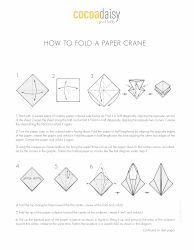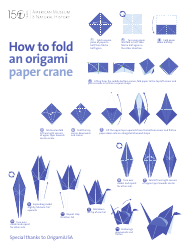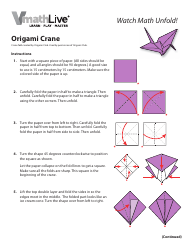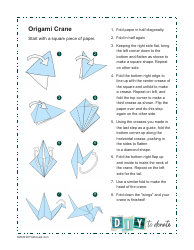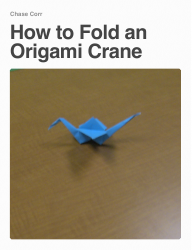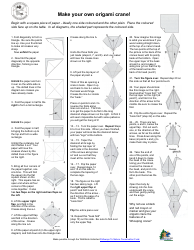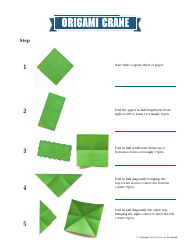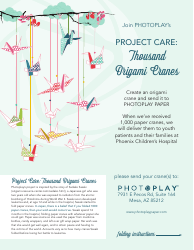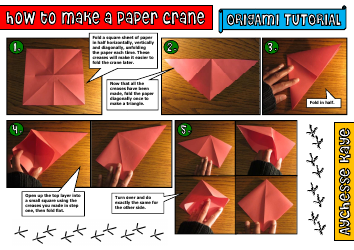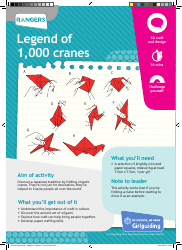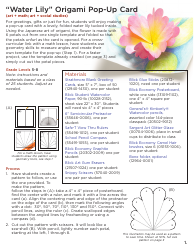Origami Pleated Crane Pop-Up
The Origami Pleated Crane Pop-Up is a type of handmade greeting card or decorative item. It is largely used for decorative purposes and can be given as a unique gift for various occasions such as birthdays, anniversaries, holidays, or even without an occasion, just to show someone appreciation or love. The pleated crane is a symbol of peace and longevity in many Asian cultures, particularly in Japan. With its pop-up design, the origami pleated crane can provide an element of surprise and delight upon opening, making it a truly special form of expression.
The "Origami Pleated Crane Pop-Up" doesn't appear to be a specific document or a form that is filed with any organization or government entity in USA, Canada, India, or Australia. It seems more likely to be a type of craft or paper folding technique. Origami is the Japanese art of paper folding, and the crane is one of the most recognizable and popular origami figures. However, without more specific context, it's difficult to provide a definitive answer.
FAQ
Q: What is Origami?
A: Origami is a Japanese art form that involves the folding of paper to create different shapes and designs. The word 'Origami' is of Japanese origin, and it stands for 'folding paper'.
Q: What is a pleated crane in Origami?
A: The pleated crane in Origami is a design variation of the traditional crane figure. Pleating adds more detail to the wings, giving the crane more depth and complexity.
Q: What is a pop-up in Origami?
A: A pop-up in Origami refers to a paper fold that jumps up or stands up when opened. It's often used in pop-up books or cards.
Q: How is a pleated crane pop-up made in Origami?
A: The pleated crane pop-up in Origami is made by executing a series of folding and creasing steps, following a pre-established set of instructions specific to this design. The difficulty level and time required to complete it will vary depending on the specific pattern and the individual's skill level.
Q: Is origami popular in countries other than Japan?
A: Yes, Origami has gained international popularity and is practiced in countries all over the world, including the USA, Canada, India, and Australia. It's appreciated for its beauty, educational value, and therapeutic benefits.
